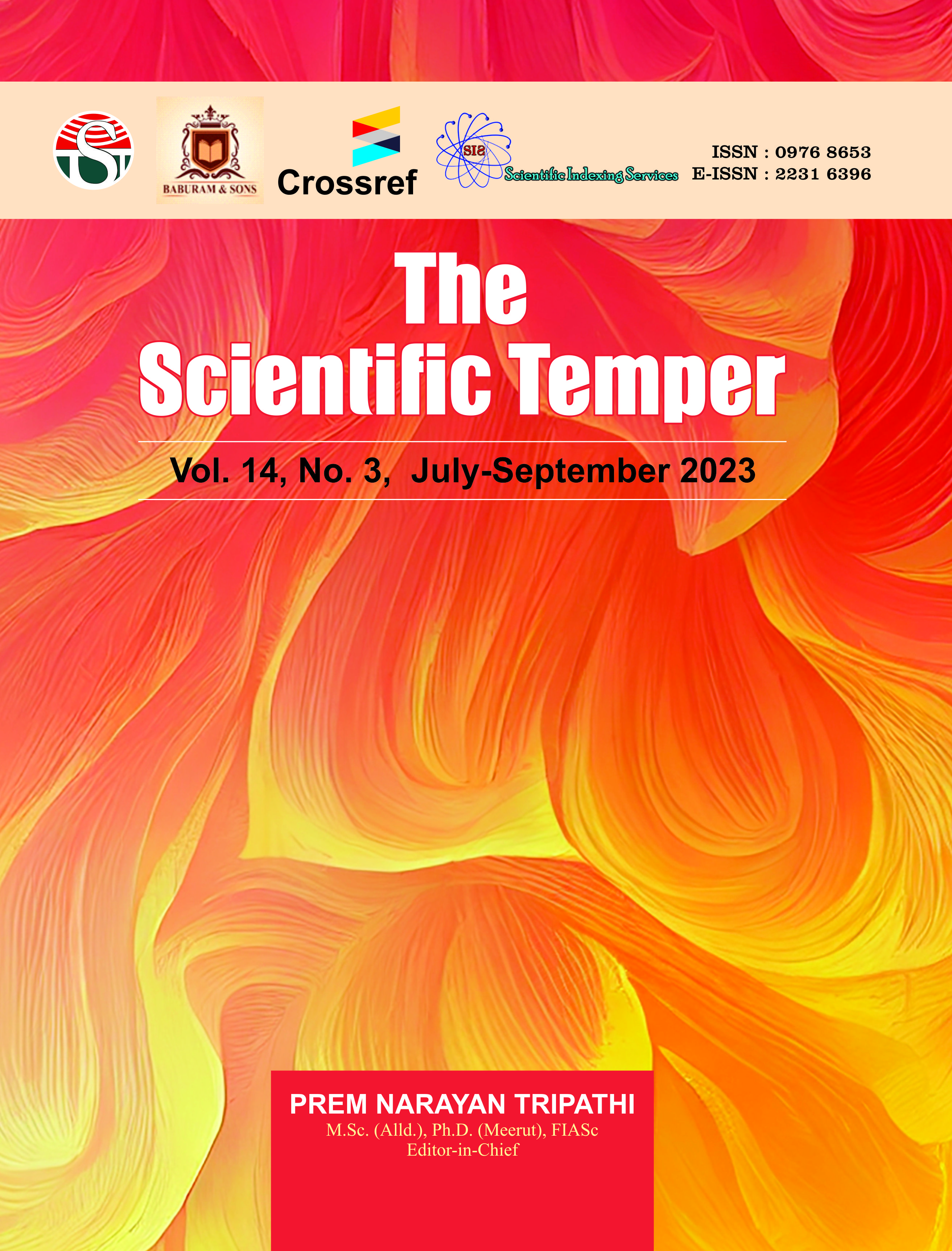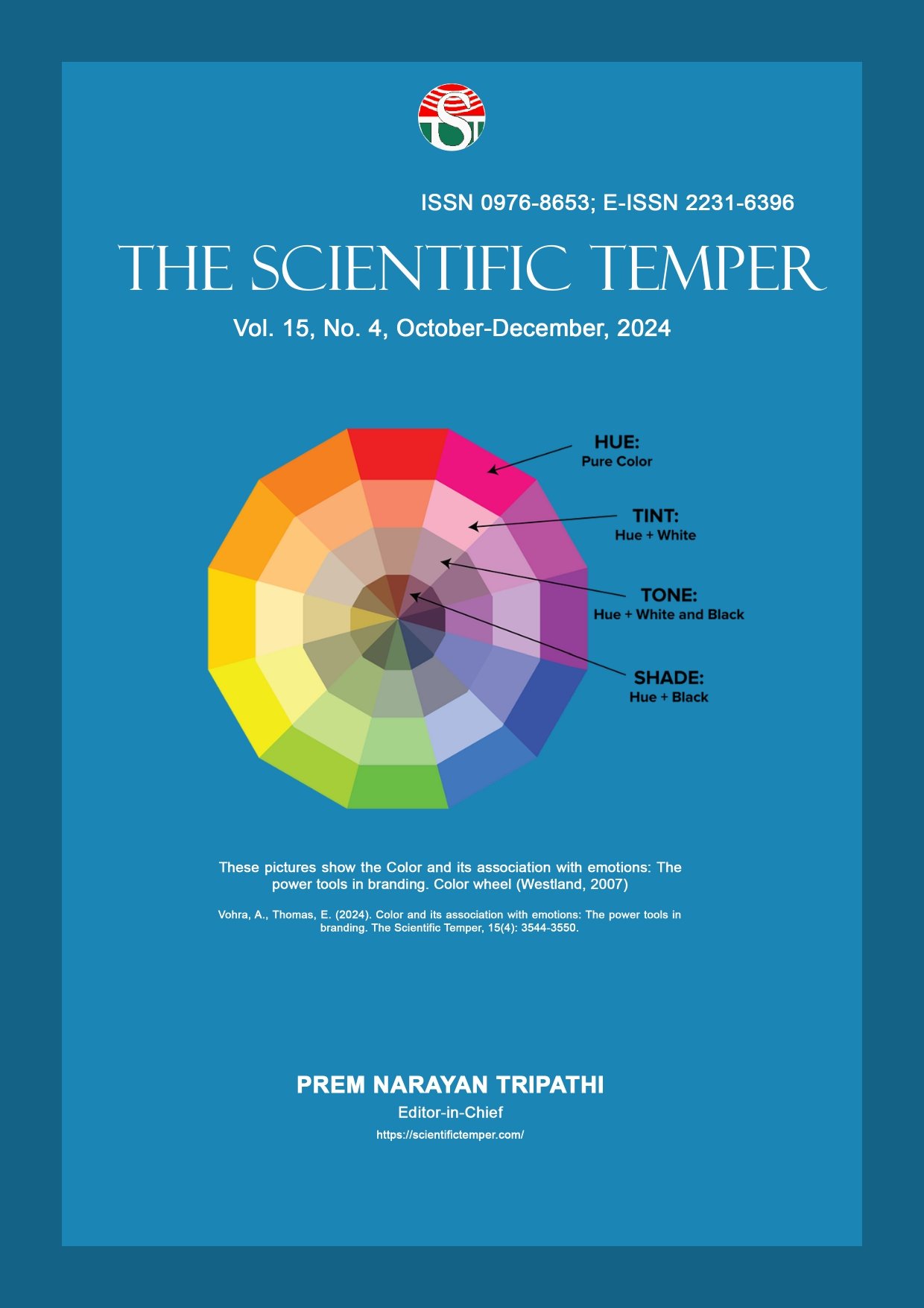A machine translation model for abstractive text summarization based on natural language processing
Downloads
Published
DOI:
https://doi.org/10.58414/SCIENTIFICTEMPER.2023.14.3.20Keywords:
Machine translation model, Natural language processing, Summarization, Text.Dimensions Badge
Issue
Section
License
Copyright (c) 2023 The Scientific Temper

This work is licensed under a Creative Commons Attribution-NonCommercial-ShareAlike 4.0 International License.
“Knowledge is power and knowledge is liberating” conveys that there is a need for the capacity for creativity and that information is plentiful. The key application of natural language processing (NLP) is text summarization. It is a well-known technique for copying text, selecting accurate content, and get insight from the text. The purpose of this study is to propose for providing a summary of the text employing the seq2seq concept from the TensorFlow Python library. Through the use of deep learning-based data augmentation, the suggested method has the potential to increase the effectiveness of the text summary. Finally, the bilingual evaluation understudy (BLEU) criterion is used to judge the effectiveness of the suggested methodologyAbstract
How to Cite
Downloads
Similar Articles
- Gautam Nayak, Parthivkumar Patel, Developing speaking skills through task-based learning in English as a foreign language classroom , The Scientific Temper: Vol. 15 No. 04 (2024): The Scientific Temper
- Nisha Patil, Archana Bhise, Rajesh K. Tiwari, Fusion deep learning with pre-post harvest quality management of grapes within the realm of supply chain management , The Scientific Temper: Vol. 15 No. 01 (2024): The Scientific Temper
- Anita M, Shakila S, Stochastic kernelized discriminant extreme learning machine classifier for big data predictive analytics , The Scientific Temper: Vol. 15 No. spl-1 (2024): The Scientific Temper
- R. Kalaiselvi, P. Meenakshi Sundaram, Machine learning-based ERA model for detecting Sybil attacks on mobile ad hoc networks , The Scientific Temper: Vol. 15 No. 04 (2024): The Scientific Temper
- D. Padma Prabha, C. Victoria Priscilla, A combined framework based on LSTM autoencoder and XGBoost with adaptive threshold classification for credit card fraud detection , The Scientific Temper: Vol. 15 No. 02 (2024): The Scientific Temper
- Shaik Khaleel Ahamed, Neerav Nishant, Ayyakkannu Selvaraj, Nisarg Gandhewar, Srithar A, K.K.Baseer, Investigating privacy-preserving machine learning for healthcare data sharing through federated learning , The Scientific Temper: Vol. 14 No. 04 (2023): The Scientific Temper
- Pravin P. P, J. Arunshankar, Development of digital twin for PMDC motor control loop , The Scientific Temper: Vol. 14 No. 01 (2023): The Scientific Temper
- Temesgen A. Asfaw, Batch size impact on enset leaf disease detection , The Scientific Temper: Vol. 15 No. 01 (2024): The Scientific Temper
- K. Sreenivasulu, Sampath S, Arepalli Gopi, Deepak Kartikey, S. Bharathidasan, Neelam Labhade Kumar, Advancing device and network security for enhanced privacy , The Scientific Temper: Vol. 14 No. 04 (2023): The Scientific Temper
- Sowmiya M, Banu Rekha B, Malar E, Ensemble classifiers with hybrid feature selection approach for diagnosis of coronary artery disease , The Scientific Temper: Vol. 14 No. 03 (2023): The Scientific Temper
<< < 1 2 3 4 5 6 7 8 9 10 > >>
You may also start an advanced similarity search for this article.



